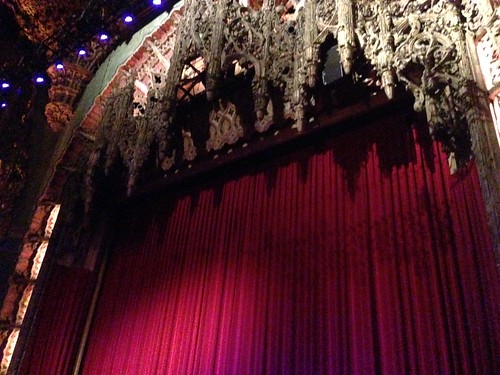
It's one of our favorite events of the year: The LA Conservancy's Last Remaining Seats. And this year, even more so: For the first time, we brought the Blogger Kids, in order to experience one of the most recent movies the festival has ever shown: 1985's Back to the Future. And almost as cool, this was our first chance to see Broadway's United Artists Theatre -- now known as the Theatre at the Ace Hotel.
The United Artist Theatre was closed to the public for years, and only open to members of Dr. Gene Scott's church. But after Scott died, his heirs sold the building -- and the Ace Hotel came along and started rehabbing it.
The United Artist was a part of the "Last Remaining Seats" theater rotation in the 1980s, but as it was always touch-and-go through the last second whether or not they could use it, the Conservancy gave up trying to work with Scott and his church. Now that it's a part of the Ace Hotel, this was the first "Last Remaining Seats" screening there in decades.
And there was no better movie to show there than "Back to the Future." There's even a bit of a preservation theme to the movie -- the whole reason that Marty McFly (Michael J. Fox) knows about an impending lightning strike is because he holds on to a flyer from a group of preservationists trying to restore an old clock tower.
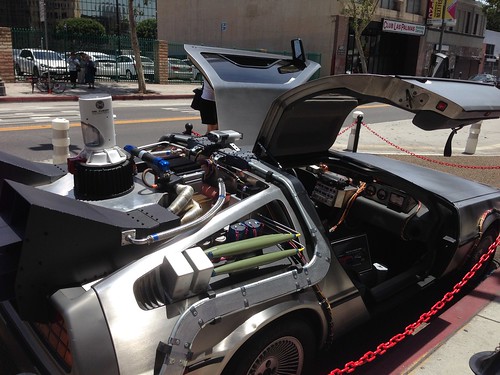
The Blogger Kids enjoyed the movie, as well as the souped-up DeLorean parked out front. I also enjoyed seeing just how elaborate the United Artists was decorated inside. One of the final theaters built during the heyday of downtown's Broadway Theatre movie palaces (opened in 1927), the United Artists was built by the studio and theatre chain found by Mary Pickford and others looking to break away from the studio system.

From the Los Angeles Historic Theatre Foundation website:
The opening of the studio's F1agship premiere house in LA marked the beginning of a theatre chain that was one of the nation's largest. Mary Pickford herself selected the site and the architect spending so much money that the plaster cast molds had to be re-used in Detroit and Chicago to amortize their cost. Although C. Howard Crane of Detroit was engaged to design his only theatre west of Omaha (not counting Sydney, Australia), the 12 story office frontage for the complex was designed by the L.A. firm of Walker and Eisen for a long term lease by Texaco for their western regional offices. The UA Building was the tallest privately owned structure in LA until 1956, when the city finally repealed its Beaux Arts inspired "City Beautiful" concept of a 125foot height limit for everyone but City Hall. In fact, the tower on the roof exceeds that limit but squeezed through on a technicality since it was unoccupied space used to house elevator equipment, sprinkler system reservoir, and other equipment. The building permits described it as "signage."
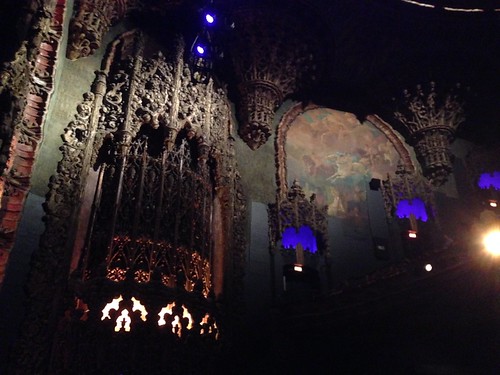
More:
The style of the building was originally described as "Spanish Gothic," a rare combination for an auditorium. Much of the plaster decoration around the building entrances and in the auditorium are copies from the Cathedral at Segovia, although the Spaniards themselves never contemplated anything on this scale. The lobby of the UA is half a block long, separating the auditorium from an adjacent office building.
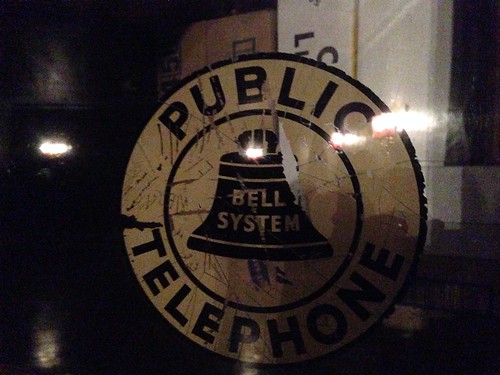
More:
The theatre was closed briefly during the depression, then reopened to spotty attendance, due to the relatively remote location it occupied too far south on Broadway. Saddled with a 50 year lease they couldn't break, UA decided in 1956 to day and- date first run with their Hollywood houses by remodeling the UA for 70mm Todd- AO wide screen projection. The booth was relocated from the second balcony to the main floor, a curtain and a screen were installed in front of the proscenium (necessitating the removal of some decorative elements), and the first balcony or "golden horseshoe" was removed to guarantee sightlines from the back corners of the orchestra level. The remodeling cost over $200,000. The theatre reopened with a first-run engagement of "Oklahoma," which soon closed, as did the theatre. After being dark for the next 10 years, the UA reopened as a Spanish language movie house, in surprisingly good condition as a result of the wear and tear it was spared in the early 60's.
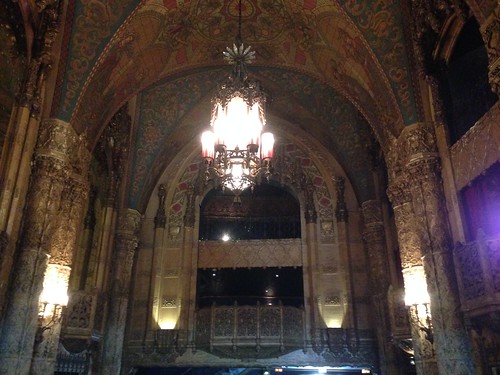
More:
Several notable features of the UA include the auditorium murals depicting the history of the film industry, featuring UA players, of course. The fire curtain bears an adaptation of the Shakespeare quote "The Picture's The Thing" implying the ultimate triumph of the motion picture over performing arts. The theatre also contains one of the most ambitious lighting systems of its time, controlled by an immense 35 foot, pre-set control board. All ceiling fan vaulting is backlit, as are organ screens, illuminated in layers. The ceiling dome is indirectly floodlit, and can be adjusted to contrasting and changing color combinations. The 4 manual Wurlitzer was removed in 1955, but an orchestra pit lift still functions (outliving those at the Hollywood Pantages and downtown Paramount.)

The Gene Scott era kept the theatre intact, leading us to today's rehab. Some more pics from our visit on Saturday:
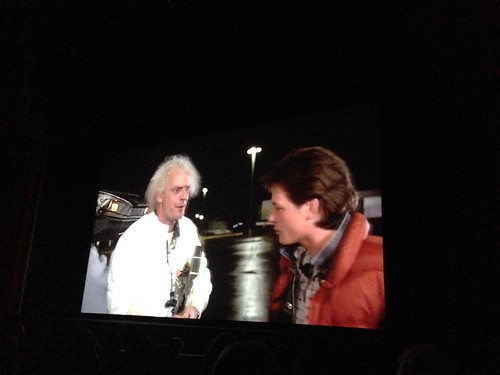
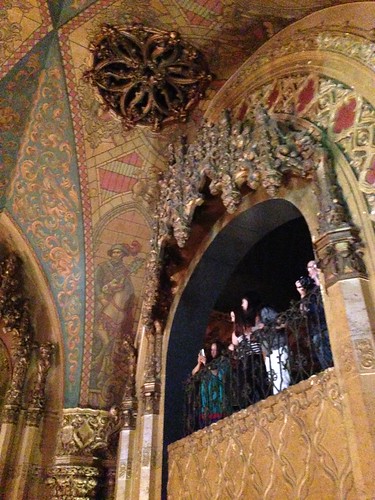
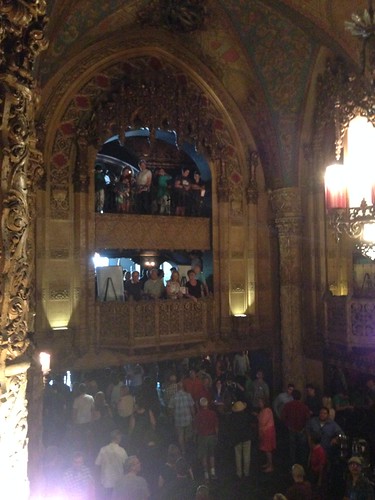

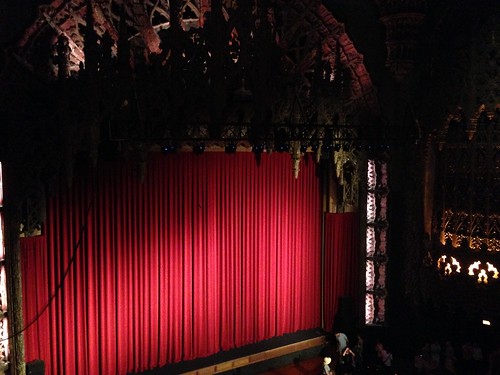
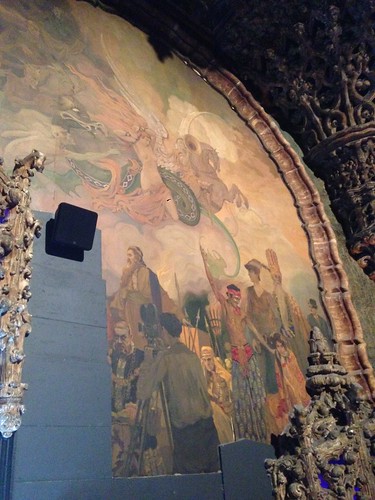
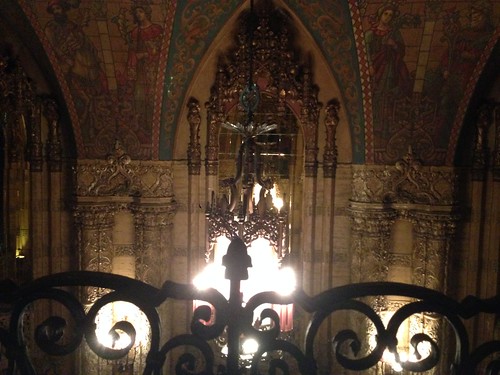
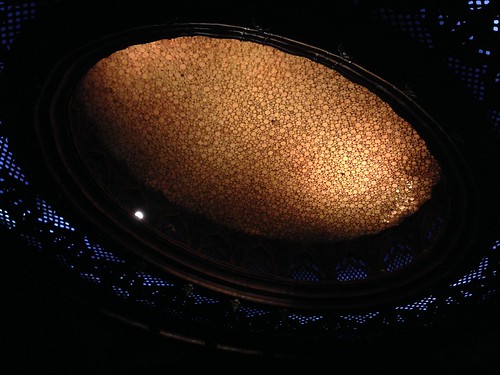
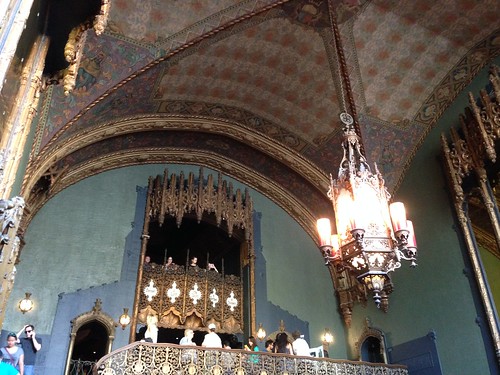
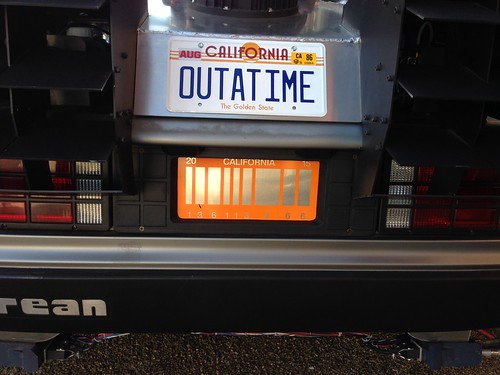

No comments:
Post a Comment